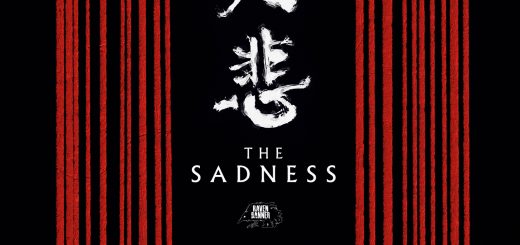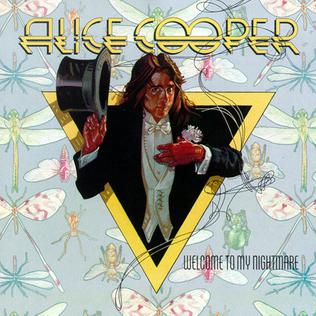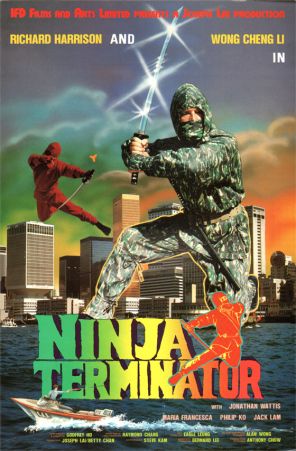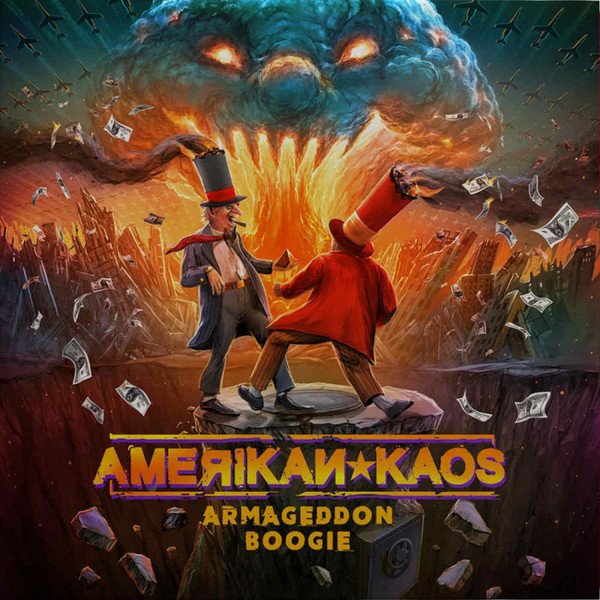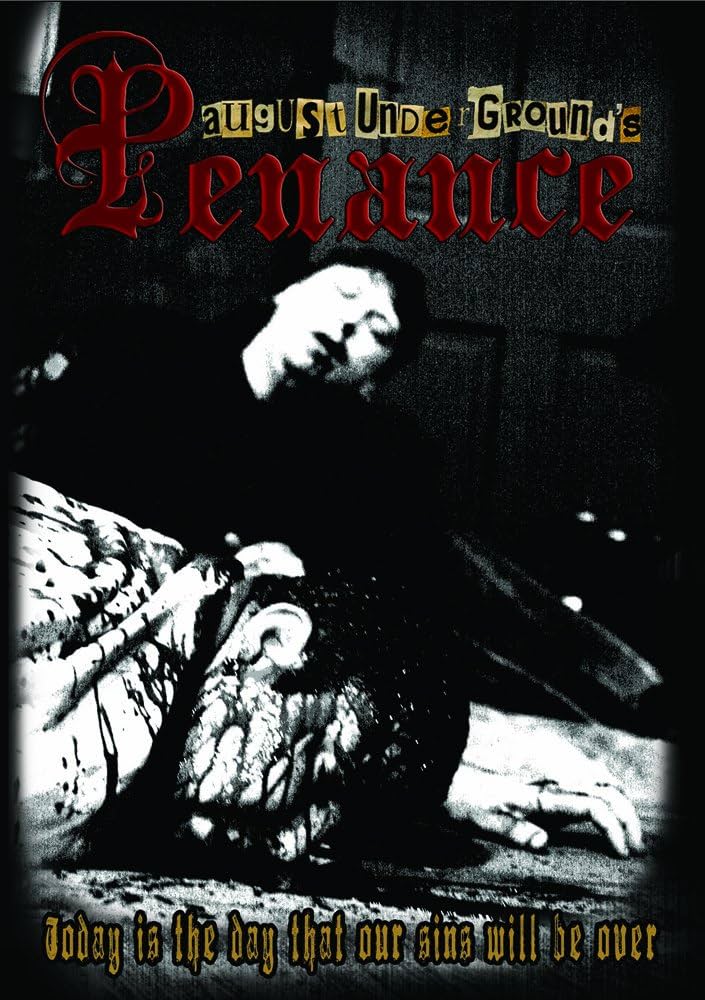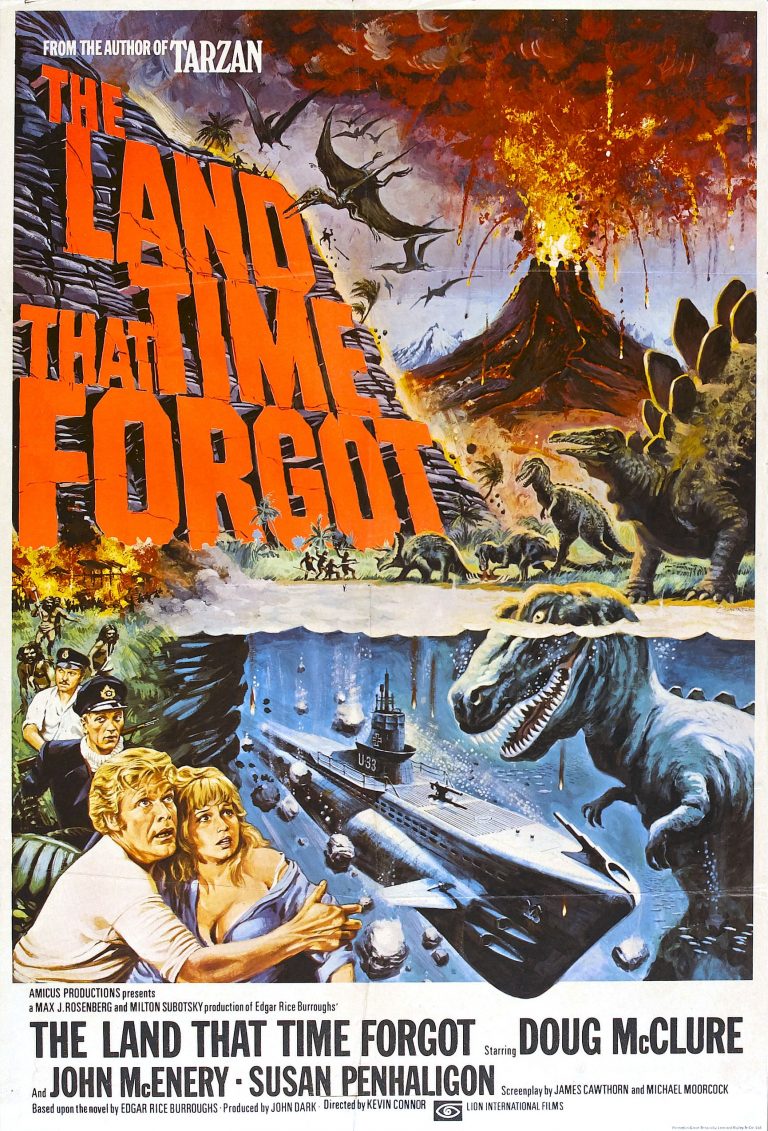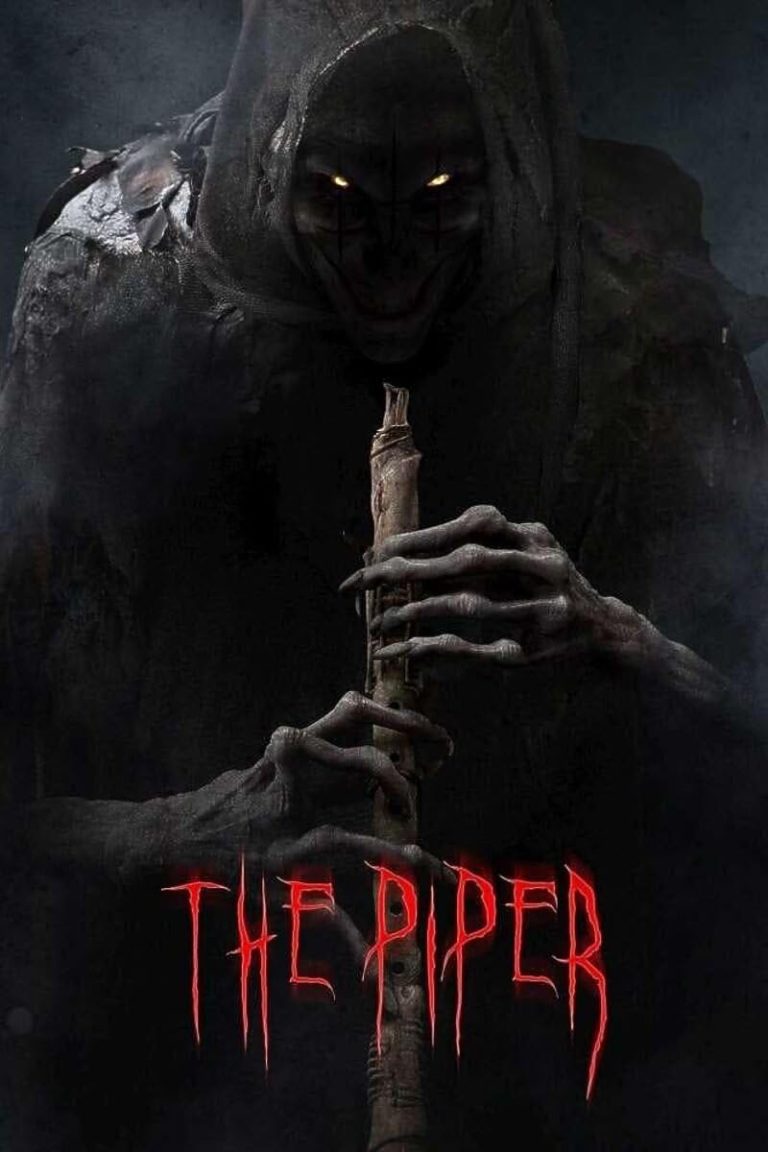The Island at the Top of the World – 1974
If you have been following me or this blog you know that The Island at the Top of the World should be right up my alley. It’s an adventure movie that seeks out a lost civilization. Much like an adventure movie like Raiders of Atlantis or Atlantis the Lost Continent. If you take Atlantis out of the equation it’s really just like the same thing. Some scientists discover something that is lost and unknown to the vast majority of mankind. Maybe you should look for the Land the Time Forgot och the People that Time Forgot. Lost of titles now but you get what I mean? A land, or island that is considered not to exist is discovered.
Hidden Passageway
There is a major difference though. In all the other there is some kind of fantasy involved in some form, way, or shape. It depends on how far you take the concept of course. And maybe I should rewatch though movie to freshen up my memory. And of course, there is some for om fantasy here as well, but at least not anything that manifests itself with weird creatures or secret passageways. Well, the latter is not true of course, since there’s almost always a secret passageway into a lost or undiscovered land or island. It must not be a deliberate hidden passageway though and I think that this is exactly what is true for The Island at the Top of the World. The passageway is not deliberately hidden.
But hidden nevertheless. The main plot is about this British nobleman who contacts an American professor to accompany him on a mission to seek his lost son. The son was lost when he was looking for a mythical place, where the whales go to die. See, there was some myth to this story as well. But it’s still a very believable myth. I’ve heard about other animals that go to a specific place to die. Elephants for instance. Maybe it’s a myth that it is a myth though. I wouldn’t know. But it doesn’t seem too farfetched.
A-Hole
The British nobleman is a real a-hole. He’s perfectly portrayed and you kind of hate his ways and snobbery. You get the feeling that he thinks he’s better than everyone else and just because he’s rich and noble he can make decisions that affect everyone and still think he has the right to do so. It’s a very non-sympathetic character. The American professor though. He is more of an explorer, he’s humble and tries to use diplomacy instead of demanding this. He understands that you must negotiate with the locals on their terms and not just barch in and demand things.
The Island at the Top of the World is based on a story by Edgar Rice Burrows but when they involve an eccentric French air-ship captain in the expedition I think it kind of hints a bit towards Jules Verne. But I’m not an expert on either of them so that’s just my thought without having anything to back it up with. Anyway, this French captain is a piece of art. A very well-played caricature of what would be an eccentric. Way over the top, but it works.
They begin their travels in the airship, almost like a zeppelin, and are heading for some remote destination in Canada I believe. It makes sense to involve this in the story. It adds a bit the the adventure and it seems a little fantasy-esqu. But really totally believable. Maybe there wasn’t an exact ship of this kind, but there certainly existed similar things at the time the movie was exploring.
Mako
Once arriving in Canada they meet up with the locals and we are introduced to the last of the company. Here we find Mako. It’s a little strange having a Japanese actor portraying the part of an Eskimo. It works and it took me a while to even see that was him. He has long hair and I’m not used to seeing him like that. He has few lines and is perfect for the role really. But I don’t really understand the purpose of having him in the film. He doesn’t really contribute much to the story or the overall feel of the movie. Maybe he’s the comedic sidekick. That might be it actually. There is humor along the way in The Island at the Top of the World anyway. Mostly subtle humor though. Maybe Makois just what the movie needed.
Now the story really begins, Of course, they find the island and of course, they find the son. They also find some Vikings living on the island like they did a thousand years ago. And here some the fun part, at least for me as a Swede. They actually speak in the Norse language. There is certainly Swedish and Norwegian, possibly Islandic. I can understand this dialog but I guess I would certainly need subtitles if I wasn’t a Swede. And, to be frank, there are times and passages where it’s hard for me to follow as well.
Matte
The scenery is composed with double exposure and mattes, maybe blue screen as well. This was made long before the look greenscreens into use. It’s not as masterly done as if Ray Harryhausen had been involved and there’s no stop-motion sequence in it either. It feels like most of the scenes were filmed in a studio and then added to a different background. I think this wasn’t uncommon at the time but it looks pretty cheap. There are examples of this where there are people in the background but they don’t move at all. It’s just a still frame in the background.
But I can live with this. I was under the impression to get an adventure film about finding a lost civilization and that was just what I got. I wish it was a little better made, it’s Disney after all but considering it was made in 1974, probably with a very small budget I can have some understanding of that. It gets a little bonus in the rating for the Norse languages and a little minus for the image compositions. I guess they equal each other. It’s a movie that I probably won’t see again in quite a while and not one that will etch itself to my memory. But fun and entertaining as long as it lasted.











